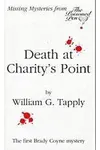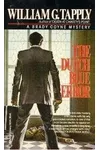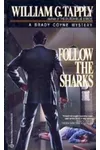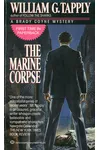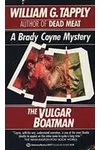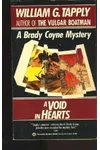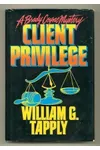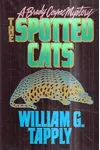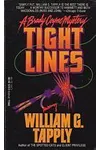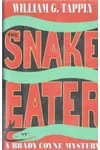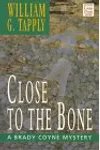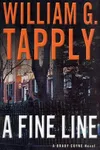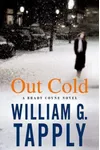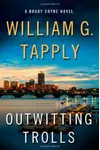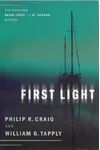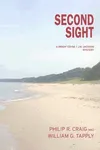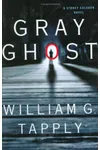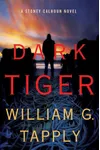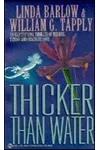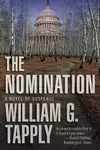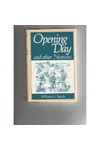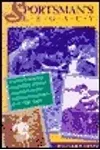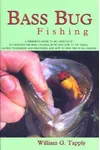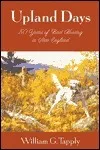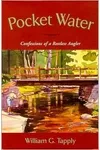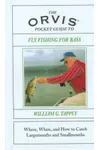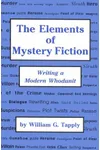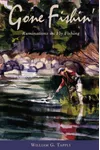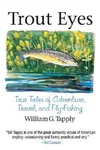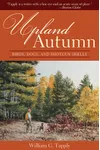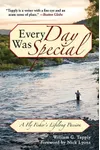Picture a New England storyteller who wove legal thrillers with the tranquility of fly-fishing—meet William G. Tapply! Born in Waltham, Massachusetts, Tapply crafted over 40 works, most famously his Brady Coyne mystery series, blending sharp detective work with the serene backdrop of trout streams. His knack for relatable characters and suspenseful plots made him a beloved figure in the mystery genre.
With a career spanning 25 years, Tapply wasn’t just a writer; he was a teacher, angler, and mentor whose love for the outdoors seeped into his stories. Let’s dive into the life and legacy of this master of mysteries!
The Making of William G. Tapply
William G. Tapply was born on July 16, 1940, in Waltham, Massachusetts, and raised in nearby Lexington. His father, H.G. Tapply, penned the popular 'Tap’s Tips' column for Field & Stream, instilling in young William a passion for fishing and storytelling. After graduating from Lexington High School, Tapply earned a bachelor’s degree in American Studies from Amherst College in 1962 and a master’s in teaching from Harvard. Before becoming a full-time writer, he taught social studies at his alma mater, Lexington High School, and later at Emerson and Clark universities, shaping young minds while honing his craft.
Tapply’s writing journey began in his thirties, inspired by his father’s discipline and the New England landscapes he cherished. His first novel, Death at Charity’s Point, published in 1984, introduced the world to Brady Coyne, a Boston lawyer with a penchant for fly-fishing and solving crimes.
William G. Tapply’s Unforgettable Stories
Tapply’s Brady Coyne series, spanning 25 novels, is the heart of his legacy. The series kicked off with Death at Charity’s Point, a Scribner Crime Novel Award winner, where Coyne investigates a suspicious suicide among Boston’s elite. The Dutch Blue Error follows Coyne as he hunts a rare stamp and a killer, blending high-stakes mystery with his laid-back charm. Tight Lines, a fan favorite, sees Coyne searching for a missing heiress in historic Concord, Massachusetts, while Nervous Water delves into his family’s past, uncovering a murder tied to a long-lost cousin.
Tapply’s style was a skillful mix of intellectual and physical, serious and frivolous. Brady Coyne, a divorced lawyer in his thirties, was no typical sleuth—he ate canned stew, loved trout fishing, and stumbled into cases through his wealthy clients. Tapply’s prose flowed like the rivers Coyne fished, with crisp dialogue and vivid New England settings. Beyond mysteries, Tapply wrote fishing books like A Fly-Fishing Life and essays for Field & Stream, capturing the meditative joy of angling.
He also collaborated with Philip R. Craig on the Brady Coyne/J.W. Jackson series, like First Light, set on Martha’s Vineyard, merging their sleuths in a delightful crossover. His final novel, The Nomination, a political thriller, was published posthumously in 2011, showcasing his versatility.
Why William G. Tapply Matters
William G. Tapply’s impact lies in his ability to make mysteries feel personal. Brady Coyne wasn’t a superhero; he was a flawed, relatable everyman, resonating with readers who saw themselves in his quirks. Tapply’s love for fly-fishing added a unique layer to the genre, blending nature with noir. As a teacher and author of The Elements of Mystery Fiction, he mentored aspiring writers, sharing insights with warmth and wit.
Though Tapply passed away in 2009, his stories endure, offering a timeless escape into Boston’s elite circles and tranquil streams. His work remains a testament to the power of character-driven storytelling, inspiring mystery fans and anglers alike.
About William G. Tapply
- Born: July 16, 1940, Waltham, Massachusetts
- Key Works: Death at Charity’s Point, The Dutch Blue Error, Tight Lines, A Fly-Fishing Life
- Awards: Scribner Crime Novel Award (1984) for Death at Charity’s Point
- Died: July 28, 2009, Hancock, New Hampshire
Snag Death at Charity’s Point and dive into William G. Tapply’s thrilling world of legal mysteries and fly-fishing adventures!
